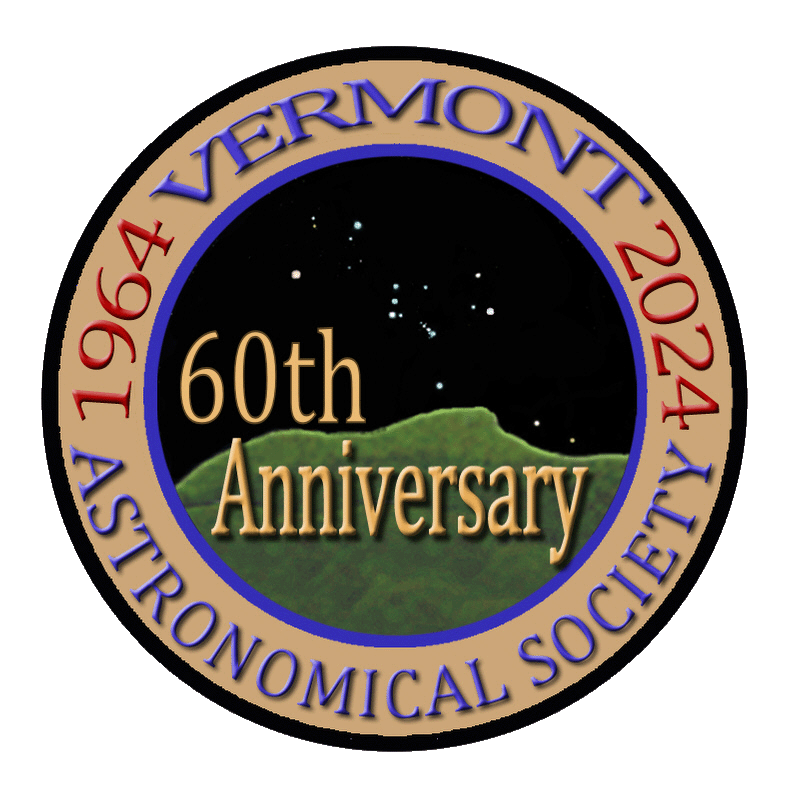The Fossil Footprint Nebula (Sh2-206, NGC 1491, LBN 704) is an irregular nebula containing both HII-emission and reflection areas. It is approximately 9,800 light-years (ly) away from Earth in the constellation of Perseus. The nebula has many stars within it, e.g., BD+50 866, that emit ultraviolet radiation which ionizes the hydrogen gas of the nebula.
The ‘toes’ of the footprint are pointing down and to the left in this image.
At the extreme left of the image (and partially cut off) is another emission nebula, Sh2-209. Nearer to NGC 1491 and just outside the core in the upper left is IRAS 04034+5116, a young stellar object (YSO) in its early stages of development. Around NGC 1491 are numerous star-forming HII regions.
I included an annotated image.
Equipment
Askar 107PHQ with 0.7x Reducer
ZWO ASI2600MM Pro and ZWO 7-position filter wheel
ZWO AM5 Mount
Guide Cam: SVBony SV106 60mm Guide Scope w/ ZWO ASI178MM
Processed with PixInsight
Capture Dates:
Feb. 19 - 20, 2024
Feb. 24, 2024
Feb. 26, 2024
Frames:
Antlia 3nm Narrowband H-alpha 2": 46×300″ (3h 50′)
Antlia 3nm Narrowband Oxygen III 2": 37×300″ (3h 5′)
Antlia 3nm Narrowband Sulfur II 2": 49×300″ (4h 5′)
Antlia V-Pro Blue 2": 15×60″ (15′)
Antlia V-Pro Green 2": 15×60″ (15′)
Antlia V-Pro Red 2": 15×60″ (15′)
Integration: 11h 45′
Avg. Moon age: 13.14 days; Avg. Moon phase: 90.06%
The Fossil Footprint Nebula (Sh2-206, NGC 1491, LBN 704) is an irregular nebula containing both HII-emission and reflection areas. It is approximately 9,800 light-years (ly) away from Earth in the constellation of Perseus. The nebula has many stars within it, e.g., BD+50 866, that emit ultraviolet radiation which ionizes the hydrogen gas of the nebula.
The ‘toes’ of the footprint are pointing down and to the left in this image.
At the extreme left of the image (and partially cut off) is another emission nebula, Sh2-209. Nearer to NGC 1491 and just outside the core in the upper left is IRAS 04034+5116, a young stellar object (YSO) in its early stages of development. Around NGC 1491 are numerous star-forming HII regions.
Greg, another gorgeous image with lots of details. Thanks for sharing all of these cool targets, I hope you don't mind if I copy. You are a constant inspiration.
Terri
Hi Greg!
You always come up with such unusual targets that are both fascinating and beautiful. You educate us! Hope you don't mind that I've been reposting a lot of your forum posts on our VAS Facebook page..
As Terri said, your work is an inspiration!!
Maura
@terri That all means a LOT coming from you, Terri! Thank you for the kind words.
I would LOVE to see your image of the Fossil Footprint with your excellent equipment and great hand at processing. I always learn from your images.
Greg
@maura-kelley Thank you so much, Maura! I'm glad you and Terri can't see me blushing. 😊 Always feel free to use the images I post on FB if they're useful.
Thank you again for the kind words. Now the pressure is on to find the next unique target!
Greg

